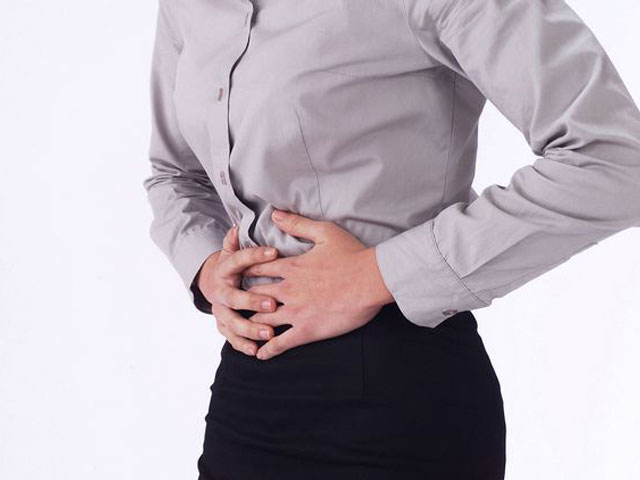The abdomen constitutes the middle part of our body. It lies below the neck and above the pelvic region. The abdomen is a very important part of our body, as it comprises of all the important organs except the brain, heart and lungs. It helps in supporting the trunk, holds the organs at their respective places and allows movement of the body. Abdominal muscles support the back and people who suffer from back pain, is due to their poor abdominal muscles.
The abdomen comprises of four types of muscles; transversus abdominus, rectus abdominus, internal oblique muscles and external oblique muscles. Transversus abdominus makes up the deepest muscle layer of the abdomen. It helps in retaining the shape of the trunk and controls the internal pressure. Rectus abdominus, also known as the six-pack muscle, helps in the movement of the body between the pelvic region and the ribcage.
Internal oblique muscles are located on the sides of the rectus abdominus. They help the abdomen make side movements such as twisting to the left or right. External oblique muscles also aid in moving the body to left or right; however, in an opposite direction. For example, the left external oblique muscle will help the body twist to the right and the right external oblique muscle will help the body turn to the left.
An infection, injury or strain on the abdominal muscles or abdominal organs leads to abdominal pain. Abdominal pain can be of two types. The first type is the sudden, stabbing pain in the abdominal region and is also known as acute abdominal pain. The second type is deep, recurring pain, known as chronic abdominal pain. A few causes of mild abdominal pain include, overeating, anxiety and stress, exertion, vigorous exercises, dehydration, constipation and indigestion. In order to reduce abdominal pain you should, drink more fluids and plain water, closely monitor your food intake and perform exercises that do not strain abdominal muscles,
A lot of people associate the intensity of abdominal pain to the seriousness of the health condition. This may be the general rule but does not apply to all the cases. Sometimes a severe abdominal pain may be caused due to gas or bloating and a mild pain may indicate a serious ailment like early conditions of appendix or colon cancer. Therefore, it is very important to consult your doctor at your earliest.
Mild type of abdominal pain can be treated at home. Drinking water and clear liquids helps in removing constipation and soothe the pain in the abdomen. If you experience nausea with abdominal pain, you should avoid using dairy products for some time. Take light diet that can be easily digested such as crackers, bananas, rice or applesauce.
If pain occurs in the upper portion of the abdomen and increases after meals, you should try using antacids. In case of indigestion and heartburn, refrain from using alcohol, carbonated drinks, caffeine, greasy and fried foods, high-fat and high-calorie foods. In order to cure the above-mentioned symptoms, use over-the-counter drugs such as H2 blocker medications. However, if the condition persists or worsens, consult a doctor right away. Use anti-inflammatory drugs, aspirin and narcotic medications on your doctors’ prescription only. If you are not suffering from liver pain, you can try Tylenol to reduce pain.
Sometimes abdomen pain is accompanied by nausea and vomiting. This feeling usually occurs due to food poisoning or lactose intolerance. The consumed food if infected with bacteria such as E.coli, sprouts food poisoning. Constant abdominal pain with nausea indicates serious health conditions such as appendicitis and colitis, Crohns disease, stomach flu, alcoholism, peptic ulcers or irritable bowel syndrome. Treatments for these conditions include change in diet, medication and in some cases, surgery.
You can easily cure mild nausea and abdominal pain by taking rest, avoiding acidic foods, alcohol, caffeinated drinks, and greasy and oily foods. Over-the-counter drugs and antacids can help you get rid of the pain and nausea. However, if abdomen pain and nausea are persistent, then you should immediately consult a doctor. Serious cases of nausea and abdominal pain include blood diarrhea, bloody bowel movements, and unbearable pain. Your doctor will determine the cause of your pain and give some prescription drugs. In severe cases surgery is also suggested to the patient.



I have a strain in my rectus abdominis (sp?). When I eat and my stomach starts to digest the pain appears to radiate from my gallbladder area (which I thought was the initial problem). It’s odd because I feel somewhat nauseated, but I know it is not my stomach or other organ in the area; it is the injured muscle that perhaps gets activated when my stomach begins to digest.